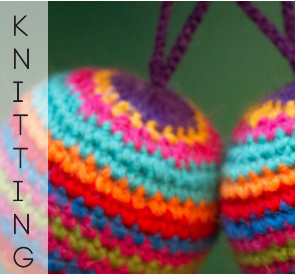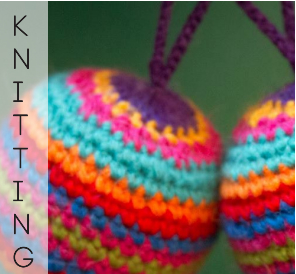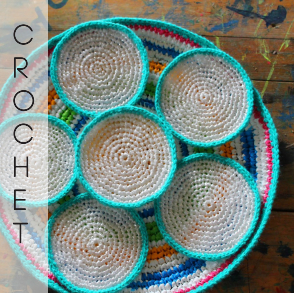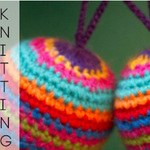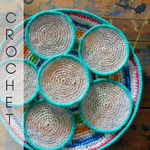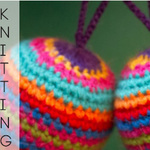Production Possibilities
During the observational research, possible production possibilities and methods were researched for an eventual new product made out of plastic. These production options are based on observations from the plastic waste lima team and on production processes L.O.O.P. already works with.
Weaving in Manchay
The municipality of Manchay is located 25 km from Lima and is a small village where the Ruwasunchis community is stationed. This small village has not been through a lot of development due to their history and therefore is in a underdeveloped state comparing to the urban Limean area. The village exists of people immigrated from the highlands closer to the capital because of terrorism in the The main occupation in the area are in the construction and services sectors: man mostly work in construction sites and women clean houses or stores in the capital city and in their free time weave products and sell them in order to make more money.
Ruwasunchis is working with a group of women in Manchay that possess advanced weaving skills and are willing to work and give up their spare time to corporate with this community. The projects and workshops are based on the abilities and proficiency of the women and result in products that can be sold. The weavers get a fixed amount paid for their handmade products and the Ruwasunchis community offer these products to stores.
From visits of the Plastic Waste Lima team it appeared that these women are able to practice a lot of different weaving techniques which provide different options for products.
- Knitting with wool, cotton and plastic bags
Foto van voorbeeld!
The wool that is being used is made from Alpaca. - Crochet with wool, cotton and plastic bags
- Weave with a weaving frame
Since the area around Manchay contains a lot of small construction companies, there is the possibility to find other materials such as: metals (iron, copper), wood and rubber. These material could be additional materials.
PET bottle cutting technique
The PET bottle cutting technique is provided and by one of the stakeholders: Woof and Wow.
This specific technique finds it origin in Brazil and has been brought over by Woof and Wow to the weavers of the Ruwasunchis community. This technique turns plastic bottles into thin wires by making use of an cutter developed by Woof and Wow targeted at cutting plastic bottles. Further details of the cutting technique could not be explained in detail, since the technique and cutter is a property of Woof and Wow.
Remove the bottom from the PET bottle, Place the bottle in the cutter (angle of 20 degrees), start to pull the bottle through the cutter, keep pulling on the wire until long strands are created.
The long wires made out of plastic bottles can be used to weave, knit and crochet with. This technique is quite difficult to work with, since the material is very rough.
One of the stakeholders, Woof and Wow has started the corporation with Marta Sif; a designer who is currently designing furniture combined with the PET bottle cutting technique from Woof and Wow. Marta’s goal is to ‘use the story and the knowledge of the area combined with the recycle material to create a designed furniture.’ The piece of furniture will be a chair that consist of a metal frame (produced in the Netherlands) with a seat woven out of plastic and traditional alpaca wool (produced in Manchay). She uses special techniques that are simple so that the weavers of Manchay could easily create the seating of the chair. With the inspiration and creative possibilities of Marta, interesting new product designs could be obtained.
Fabric from plastic bottles
A specific type of strong material that is used for most of L.O.O.P.’s products are made by the manufacturer TexFina which makes fabric (polyethylene terephthalate: RPET) that contains plastic from bottles. Plastic bottles are being washed, crushed and chopped in flakes; the flakes are melted and extruded and fiber is created. The fiber then is crimped, cut and stretched into the desired length and then baled. The baled fiber can be processed into fabric for a variety of textile products. To obtain 1 kg of fabric, 12 bottles of plastic are used. This production technique is quite expensive, since it requires a difficult production process and chemical reactions to produce this material.
Craftsmanship from the Amazon
The design and patterns of certain products of L.O.O.P. are being made by people from a local community in Panaillo located in the Amazon. L.O.O.P. came in contact because Irene Hofmeijer have lived with this community for her studies. To support these people and get something in return, L.O.O.P. coorporated with this community. Beautiful patterns that are typical for the Amazon are sewn by hand on the bags and this could be a good option for the finishing touch of a product.
Resin technique
Based on a report from one of the previous groups working on this project (Uiterwaal, Swart, van Ekeren & Holthuis, 2013:13-19) the resin technique is ideal to bind shredded plastics in order to form bigger plastic units. Plastic shreds are being mixed with the chemicals resin and peroxide. The peroxide reacts as a catalyst in order to initiate a crosslink reaction (coupling of polymer chains) between resin molecules which form a polyester resin chain. This polyester resin chain is an ideal binding agent for small parts of plastic. The process is quite time-consuming since there are 6 steps in the production process which have to be fulfilled. Detailed explanation about the technique can be found in the report of the previous groups.(Uiterwaal, Swart, van Ekeren & Holthuis, 2013)
